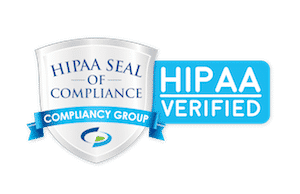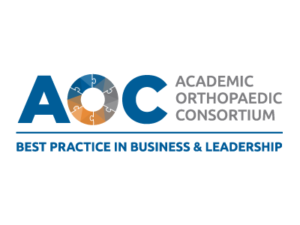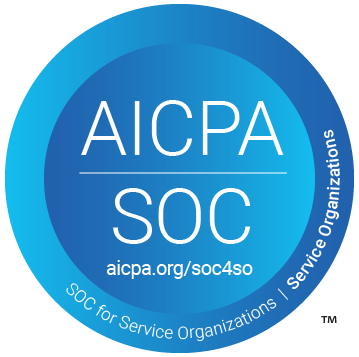Healthcare organizations today have an unprecedented opportunity to differentiate themselves and drive sustainable growth through exceptional patient experiences. While industry-wide challenges exist, forward-thinking organizations are turning these pain points into competitive advantages by focusing on what matters most to patients. In last week’s post, we pulled out the high-level stats that every patient experience professional should know. This week, we’re taking that data and digging a little deeper to better understand the opportunities at play.
Why Patient Experience Drives Everything
An overwhelming 92% of patients consider a good healthcare experience extremely or very important to them. More significantly, 49% of patients believe positive patient experiences directly influence their health outcomes, while 35% say they shape their future healthcare decisions. This isn’t just about satisfaction scores—it’s about clinical outcomes, patient loyalty, and organizational success.
The data reveals a clear correlation between patient experience and business performance: 61% of patients with positive experiences express willingness to continue with the same provider, compared to only 33% of those with negative experiences who plan to switch providers.
Four Strategic Opportunities for Healthcare Leaders
 1. Master the Fundamentals of Communication
1. Master the Fundamentals of Communication
When it comes to patient experience, it’s important to focus on the basics. 96% of patients identify clear communication and attentive listening as essential, while 94% prioritize courtesy, respect, and having their concerns taken seriously.
Action Item: Implement communication training programs focusing on active listening and clear explanation of care plans.
 2. Reimagine Access and Scheduling
2. Reimagine Access and Scheduling
With 56% of adults waiting more than a week for appointments and 31% citing long wait times as their primary frustration, access represents a massive opportunity for differentiation. Organizations that solve the access equation don’t just improve patient satisfaction, they capture market share.
Strategic Focus: Consider expanding capacity through:
- Extended hours and weekend availability
- Same-day appointment slots
- Telehealth integration for appropriate care types
- Advanced scheduling systems that reduce no-shows
 3. Address the Care Coordination Challenge
3. Address the Care Coordination Challenge
Here’s a striking opportunity: 49% of patients feel their healthcare isn’t coordinated among providers, and adults spend an average of 8 hours each month managing healthcare – that’s a full workday every month. Organizations that excel at seamless care coordination create significant patient value.
Competitive Advantage: Develop integrated care pathways and dedicated care coordination roles. The time investment patients make in healthcare management represents an opportunity to add value through streamlined processes.
 4. Leverage Employee Engagement for Patient Experience
4. Leverage Employee Engagement for Patient Experience
Organizations with high employee engagement are three times more likely to achieve top patient experience scores. The connection between staff satisfaction and patient outcomes creates a powerful business case for investing in your team.
Implementation: Focus on the five primary drivers of inpatient satisfaction: staff collaboration, responsiveness to concerns, attentiveness to patient needs, responses to requests, and effective communication among staff.
The Bottom Line: Experience as Strategy
While 73% of adults report unmet needs within the healthcare system, this represents an opportunity rather than an obstacle for organizations committed to excellence. The gap between current performance and patient expectations creates space for innovative healthcare organizations to differentiate themselves and capture loyal patient populations.
The organizations succeeding will be those that recognize patient experience as a core strategic differentiator that drives better clinical outcomes, operational efficiency, and sustainable growth.
Ready to transform your patient experience? Data shows that patients are seeking trusted partnerships with healthcare providers who communicate, respect their time, and coordinate seamless care. Organizations that deliver on these fundamentals will improve satisfaction scores and build a foundation for long-term success in a competitive healthcare landscape.











